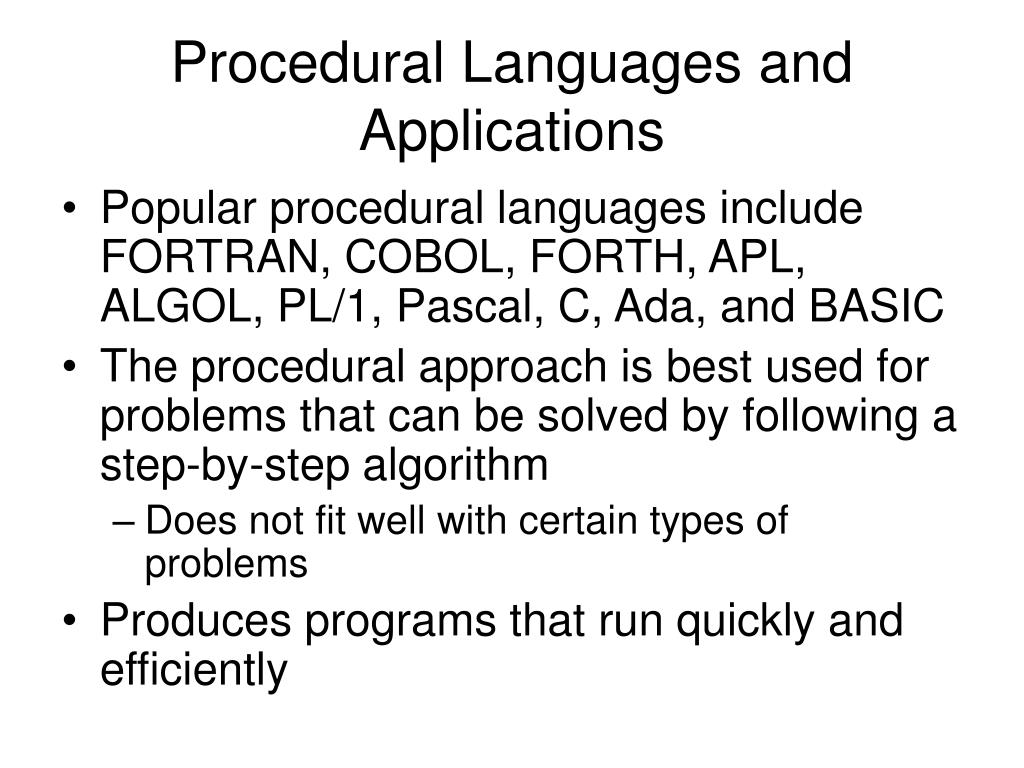

In the table below we are going to calculate the values described in the logic diagram above: iĪt initialization ( i = 0) we choose a = -2 and b = 5. The best way of understanding how the algorithm work is by looking at an example.įor the function f(x) below find the best approximation of the root given the tolerance of TOL = 0.01 and a maximum of NMAX = 1000 iterations. Image: The Bisection Method Explained as a Logic Diagram

1000) and even if we are above the defined tolerance, we keep the last value of c as the root of our function. In order to avoid too many iterations, we can set a maximum number of iterations (e.g. In this case we say that c is close enough to be the root of the function for which f(c) ~= 0. The algorithm ends when the values of f(c) is less than a defined tolerance (e.g. and recalculate c with the new value of a or b
if f(c) has the same sign as f(b), we replace b with c and we keep the same value for a. if f(c) has the same sign as f(a) we replace a with c and we keep the same value for b. if f(c) = 0 means that we found the root of the function, which is c. the function f is evaluated for the value of c. interval halving: a midpoint c is calculated as the arithmetic mean between a and b, c = (a + b) / 2. two values a and b are chosen for which f(a) > 0 and f(b) < 0 (or the other way around). if (logical-expression) thenĬase is similar to switch in C language.For a given function f(x),the Bisection Method algorithm works as follows: If is used to execute a set of statements based on a condition and execute another set of statements present in else block, if condition specified in If block fails. If is used to execute a set of statements based on a condition. do i = start, stop ĭo-While is used to execute a set of statement(s) iteratively when a given condition is true. Do:ĭo is used to execute a set of statement(s) iteratively when a given condition is true and the loop variable must be an integer. Syntax data-type, dimension (x,y) :: array-name Example integer, dimension(3,3) :: cube Loops 1. data type :: variable_name ArraysĪrray is a collection of similar data which is stored in continuous memory addresses. Variable is a name given to the storage area in order to manipulate them in our programs. It has a number of in-built functions to perform mathematical calculations and is ideal for applications which has more mathematical calculations. program helloįortran language was initially developed for scientific calculations by IBM in 1957. Following is a sample Fortran program which takes name as input and prints hello message with your name. OneCompiler's Fortran online editor supports stdin and users can give inputs to programs using the STDIN textbox under the I/O tab. The editor shows sample boilerplate code when you choose language as Fortran and start coding. Getting started with the OneCompiler's Fortran compiler is simple and pretty fast. It's one of the robust, feature-rich online compilers for Fortran language, running on the latest version 7. 
Write, Run & Share Fortran code online using OneCompiler's Fortran online compiler for free. There is at least one root between a and b







 0 kommentar(er)
0 kommentar(er)
